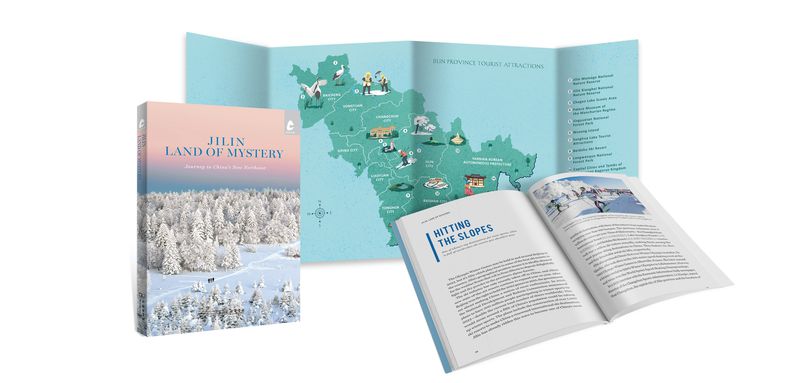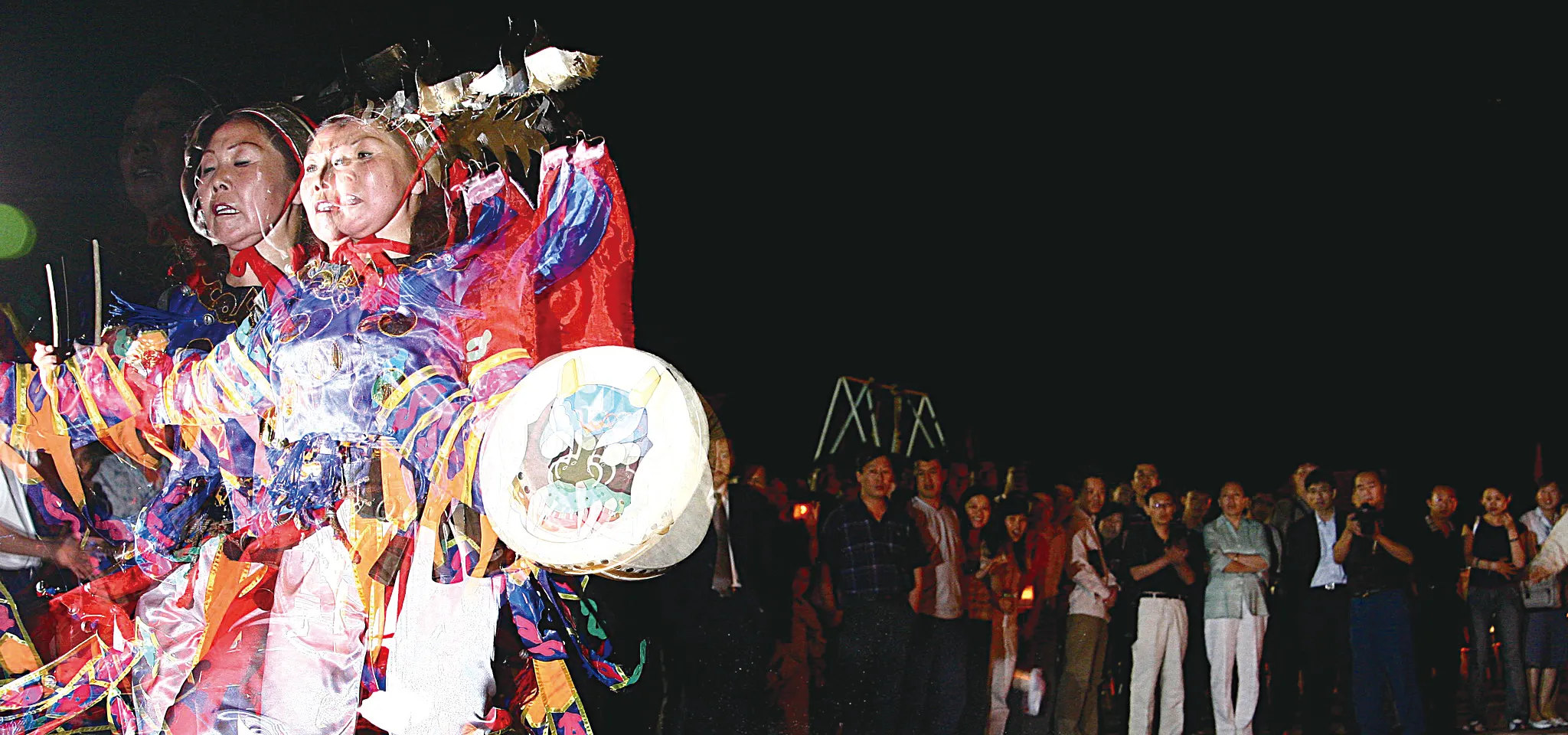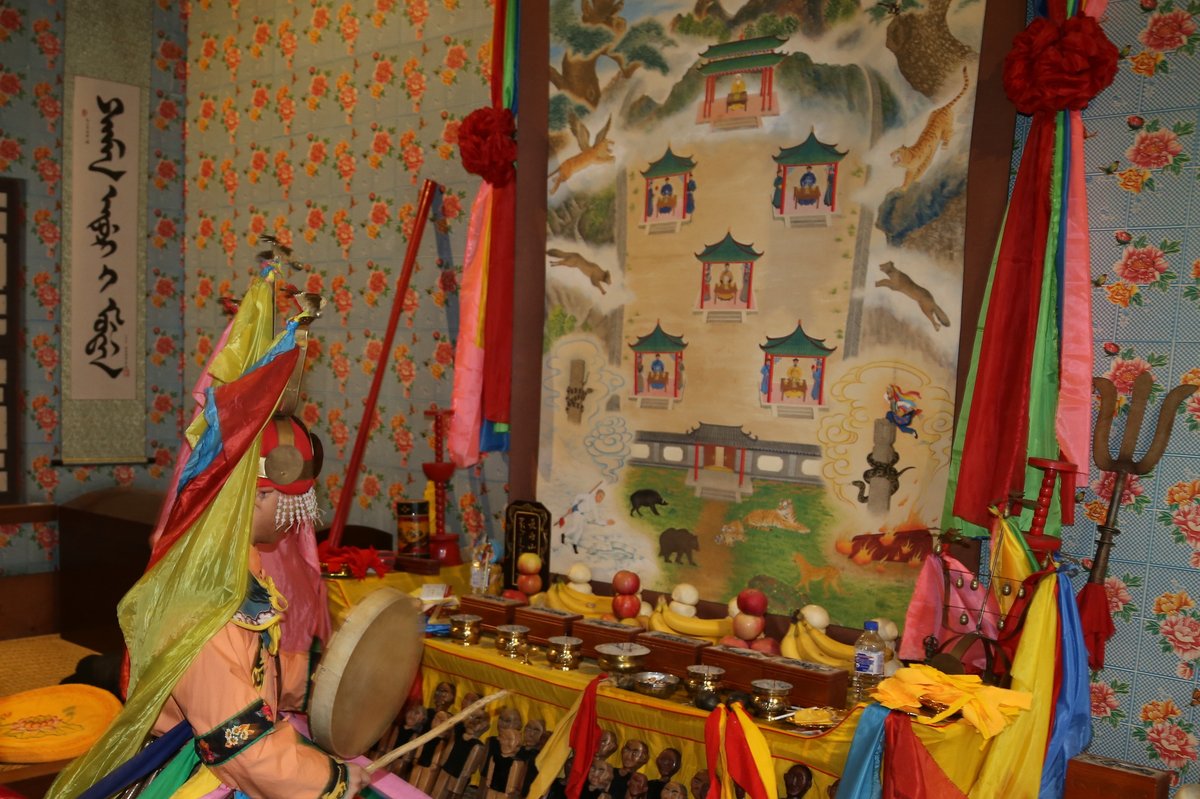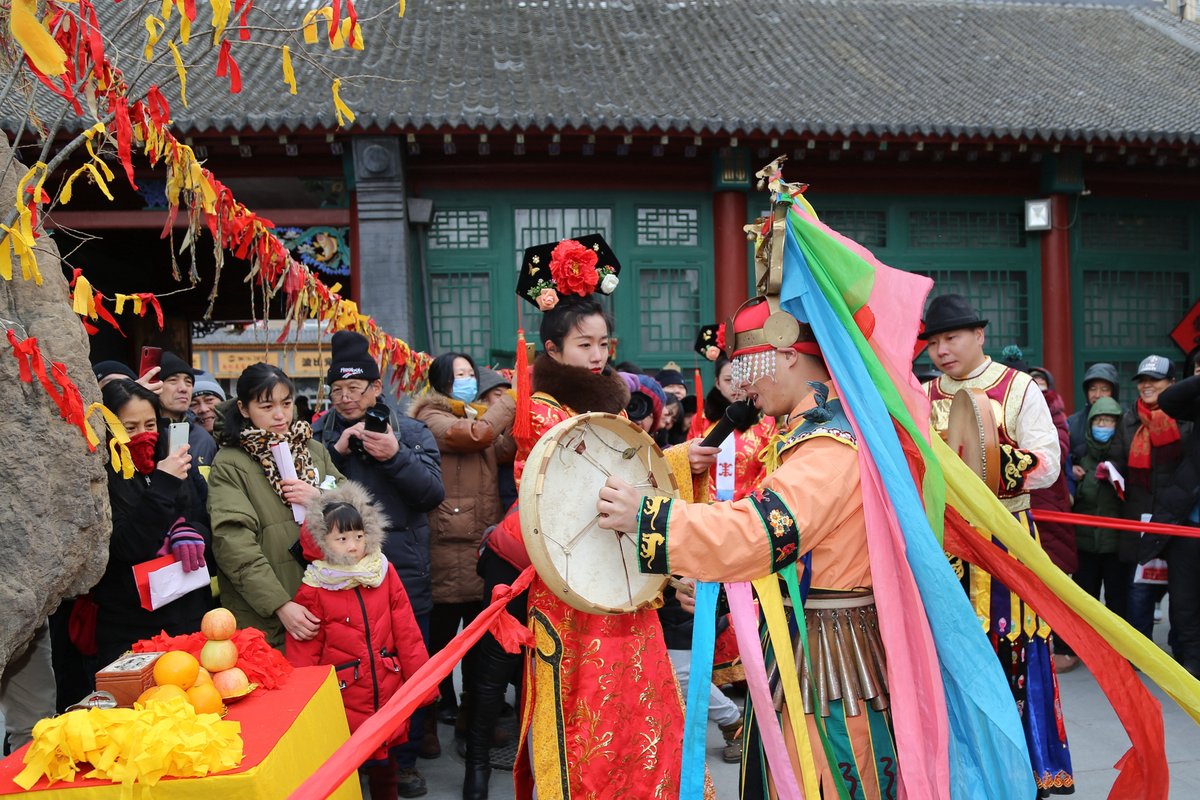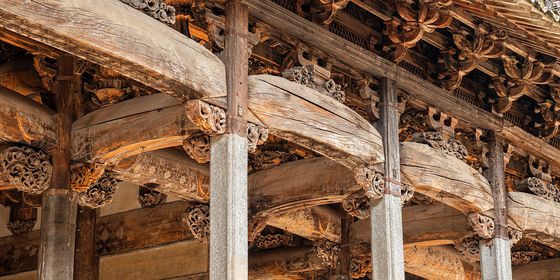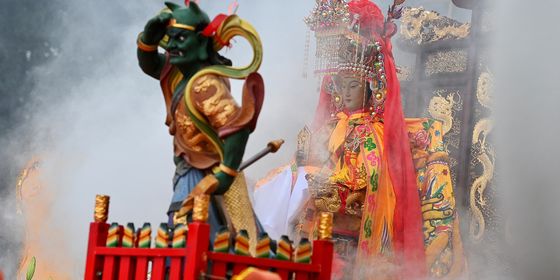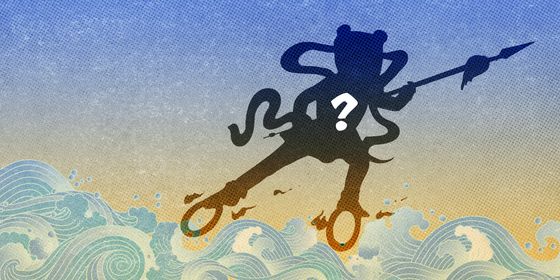In Jilin province, shamans adapt ancient beliefs to the modern context
Dressed in faded blue jeans, dark sneakers, and a black puffer jacket to ward off the cold, Zhao Hongge, a local female shaman, does not look out of place on the bustling main street of Ula town outside of Jilin city.
Shamanism is a spiritual belief system with multiple gods all connected to nature. It has evolved over thousands of years. In Jilin it is intimately intertwined with Manchu culture, yet has also taken on many aspects of other Chinese folk beliefs. For centuries, Shamanism was the dominant belief system of the Tungusic peoples of China’s north, including the Manchus and their ancestors, the Jurchens.
Nowadays, the tradition lives on mainly in the ethnic Manchu, Hezhen, and Oroqen communities in China’s Northeast. The fusion with wider Chinese spirituality and society means that different clans, families, and individuals who practice Shamanism often do so in extremely varied ways—there is no set method of worship. Zhao is an example of this mixing, as she is not a Manchu herself but a descendant of a Han military family, known as Hanjun, who joined the Eight Banners of the Qing empire in the northeast.
But regardless of the method of worship, the most vital person for all believers of Shamanism in Jilin is the shaman. The number of shamans in Jilin is unclear, but there are enough in Ula town that Zhao has set up a Hanjun performance troupe to perform rituals for tourists interested in the ancient traditions, new businesses seeking blessings for their grand openings, and farmers wishing for good harvests in the autumn.
In Zhao’s particular Hanjun variety of Shamanism there are 24 gods, all associated with different animals or elements—like the boar god, for example, whom Zhao prays to at certain times of the year. During Shaman rituals, the shaman dons long robes of varying colors depending on the ceremony, and attaches dozens of bells to their waist. A vital piece of equipment for the shaman is their ritual drum, made from animal hide, which comes in many varieties, and provides the rhythm for the ceremony. They wear a headdress made of feathers, often peacock, while a curtain of beads dangles in front of their eyes, obscuring them from those watching the ritual—this ensures the shaman will have uninterrupted contact with the spirit world.
For centuries, Manchu Shamanism centered on sacrificial rites, with large rituals conducted in the spring and autumn which involved multiple animal sacrifices and could last three to eight days. Now, though, they are condensed into short performances easier for viewers to digest. While Zhao and her fellow shamans still perform important rituals and to help those who ask for their assistance, their troupe now also spends much of its time performing for tourists.
Visitors to Jilin can witness the intriguing displays of these shamans at Wusong Island, near Ula town, in the winter. The Jilin Manchu Museum, in the center of Jilin city, also regularly features performances by local shamans, as does the Changbaishan Shaman Original Tribe Park (长白山原始萨满部落) in the Changbaishan National Nature Reserve.
While these institutions preserve the memory of Shamanism and allow visitors to explore the ancient belief system, Zhao points out that none of the young people in Ula town want to become shamans, preferring to leave the village to work in bigger cities.
But for now, Zhao and her troupe keep performing, and Zhao continues to channel the spirits. “Since I visited that shaman as a child, we have performed over 1,500 times together, and each time the [spiritual] connection is always made through me,” she says, happily clinging to her title as the last female shaman in the Changbai Mountains.
Excerpt taken from Jilin: Land of Mystery, TWOC’s new guide to China’s northeastern province. Available now in our store!
